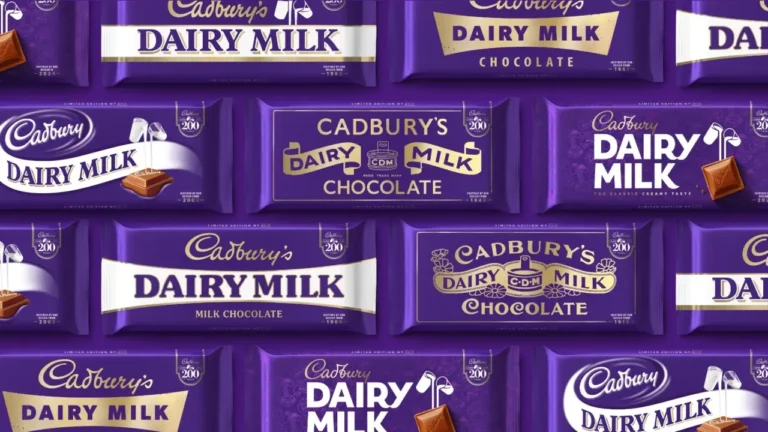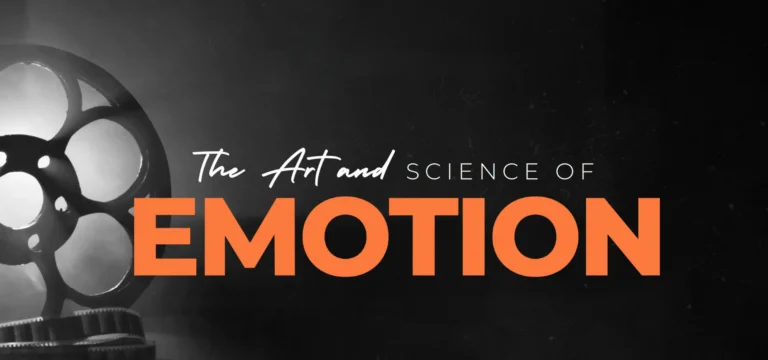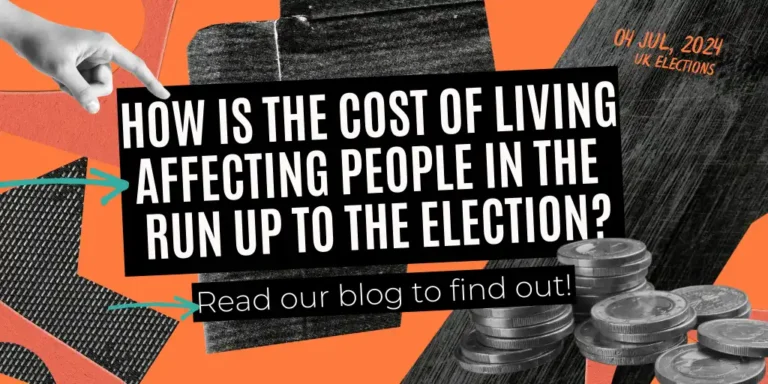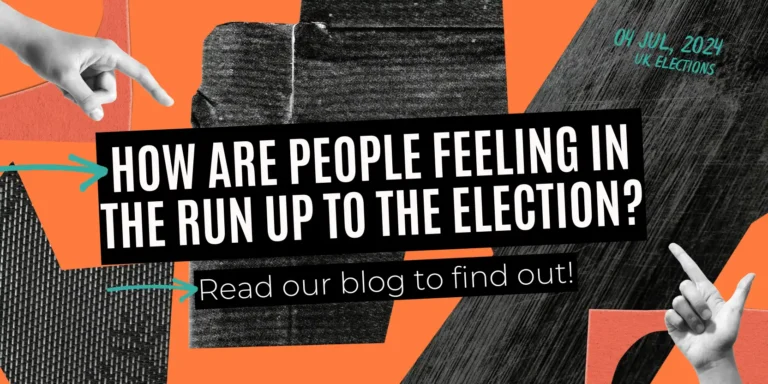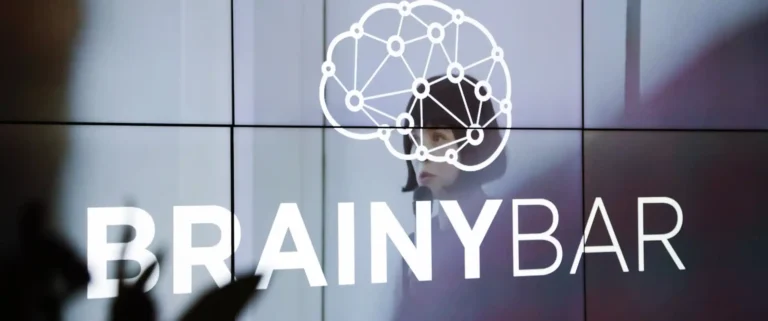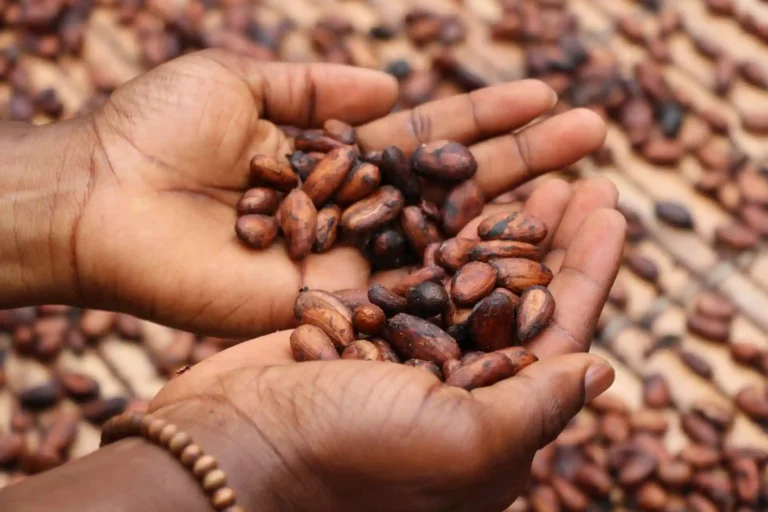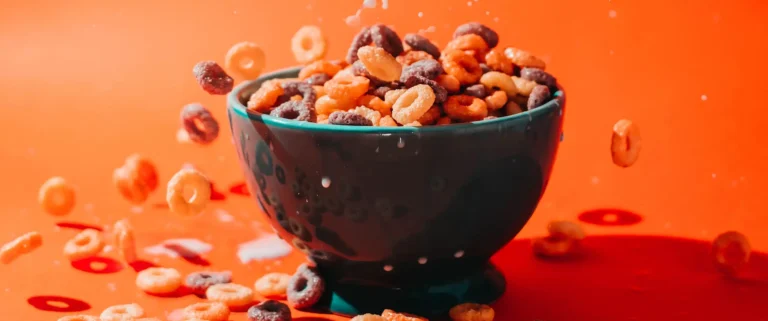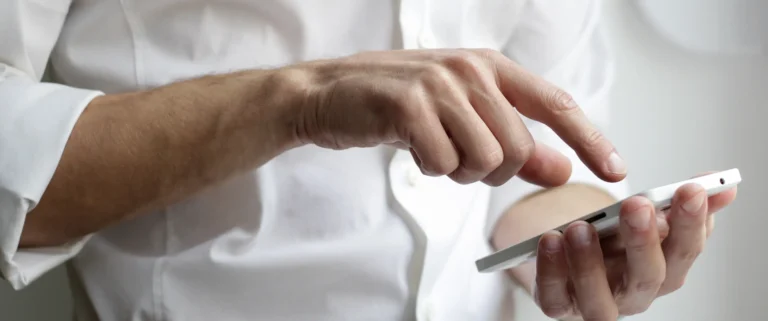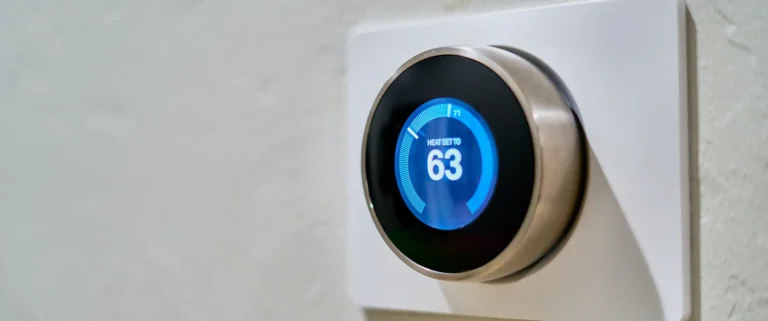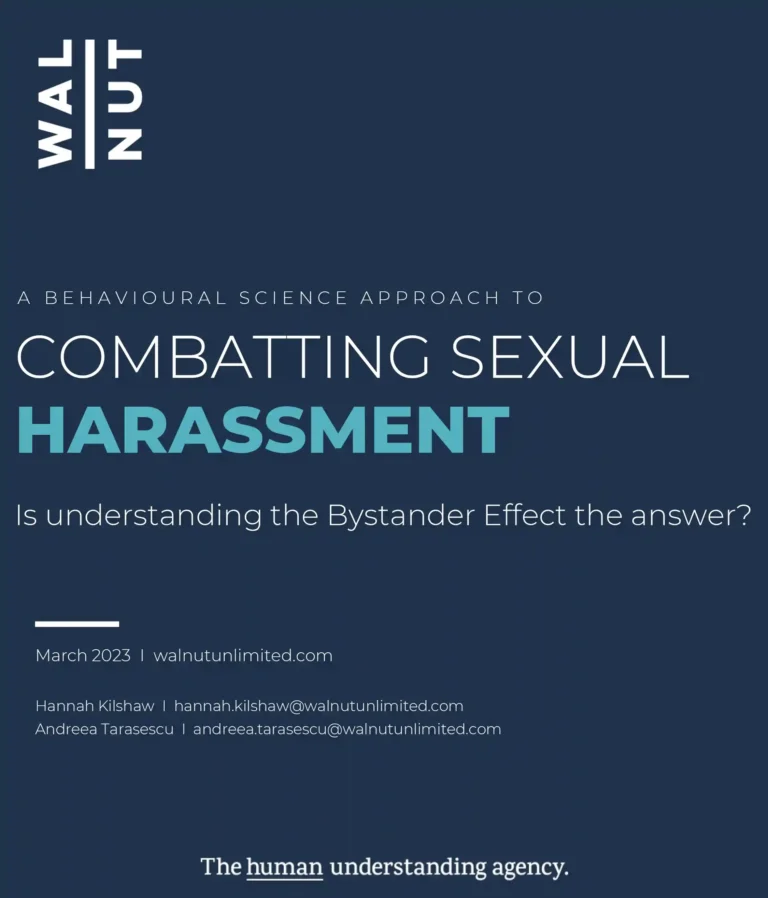The Retail Media Revolution : How Shoppers React in a World of Endless Messages
27th November 2024
Vanessa Henry
The Retail Media Revolution: How Shoppers React in a World of Endless Messages
Retail media is booming, and it’s got the entire industry talking. As spending in this space soars—poised to even overtake linear TV in the near future—retailers and brands alike are seizing the opportunities offered by Retail Media Networks (RMNs). From creating new revenue streams for retailers to helping brands connect with shoppers at the critical moment of purchase, RMNs are reshaping the retail landscape.
But amidst all this growth, there’s one key question: What does this mean for shoppers?
Does the endless stream of messaging empower shoppers to make better decisions, or is it just too much, leaving them feeling overwhelmed? At Walnut Unlimited, we put shoppers first. That’s why we brought together an expert panel to dive deep into this pressing issue and explore the psychological impact of retail media on the people it’s meant to serve.
Watch the Full Discussion
Curious to know what the experts had to say? Watch the panel video to discover how retail media is transforming shopper behaviour and learn how brands and retailers can strike the right balance between influence and overload. Let’s shape the future of retail media—with shoppers in mind.
MEET THE HOST

Vanessa Henry
Research Director & Shopper & Retail Expert
Vanessa Henry is a prominent thought leader in shopper insights, with a passion for transforming consumer understanding into powerful commercial strategies. As Research Director at Walnut, Vanessa has helped some of the world’s leading brands and retailers unlock deeper shopper engagement and drive measurable growth. Her extensive experience spans a variety of sectors, where she has consistently delivered actionable insights that reshape the way businesses connect with their shoppers. With a sharp focus on behaviour-led innovation, Vanessa’s expertise lies in translating complex shopper behaviours into strategic opportunities that fuel success in today’s competitive retail environment.
MEET THE EXPERTS

THALITA PARIZOTTO
Associate Director & Shopper expert
Thalita is an accomplished global expert in shopper and consumer insights, delivering transformative results for FMCG and retail companies across the UK, Europe, America, and Asia. Her deep understanding of consumer behaviour has empowered leading brands to drive growth and optimise their strategies in highly competitive markets. Recently, Thalita has focused on exciting projects that help branded manufacturers maximise the effectiveness of point-of-sale (POS) tactics, ensuring they capture shopper attention and convert at critical moments.

Nick Saxby
Associate Director & Neuroscience expert
An expert in applied neuroscience, Nick’s background in psychology has led to a natural curiosity in human behaviour. Nick has worked with some of the world’s biggest brands, using cutting-edge neuroscience to deliver practical, actionable insights that make a real impact. His talent lies in blending traditional psychology with innovative neuroscience to uncover the true motivations behind consumer decisions, helping clients stay ahead of the curve.

Martha Doyle
Senior Research Executive & Behavioural Science Specialist
Martha Doyle is an accomplished behavioural science specialist, known for her ability to transform complex insights into powerful strategies that drive brand success. With a strong foundation in advanced research methodologies, Martha has a talent for uncovering the underlying motivations and behaviours of consumers, enabling her clients to forge deeper connections with their audiences. Passionate about exploring the nuances of human behaviour, Martha is committed to pushing the boundaries of traditional research, consistently delivering actionable insights that elevate client performance.
Together, they unpacked the psychology of shoppers navigating a retail world saturated with marketing and media. From the challenges of decision fatigue to the opportunities for creating truly shopper-focused strategies, this discussion gets to the heart of what retail media means for the ultimate end-user: the shopper.
Watch the Full Discussion
Curious to know what the experts had to say? Watch the panel video to discover how retail media is transforming shopper behaviour and learn how brands and retailers can strike the right balance between influence and overload. Let’s shape the future of retail media—with shoppers in mind.
NEWSLETTER
Sign up for the latest treats straight to your inbox










